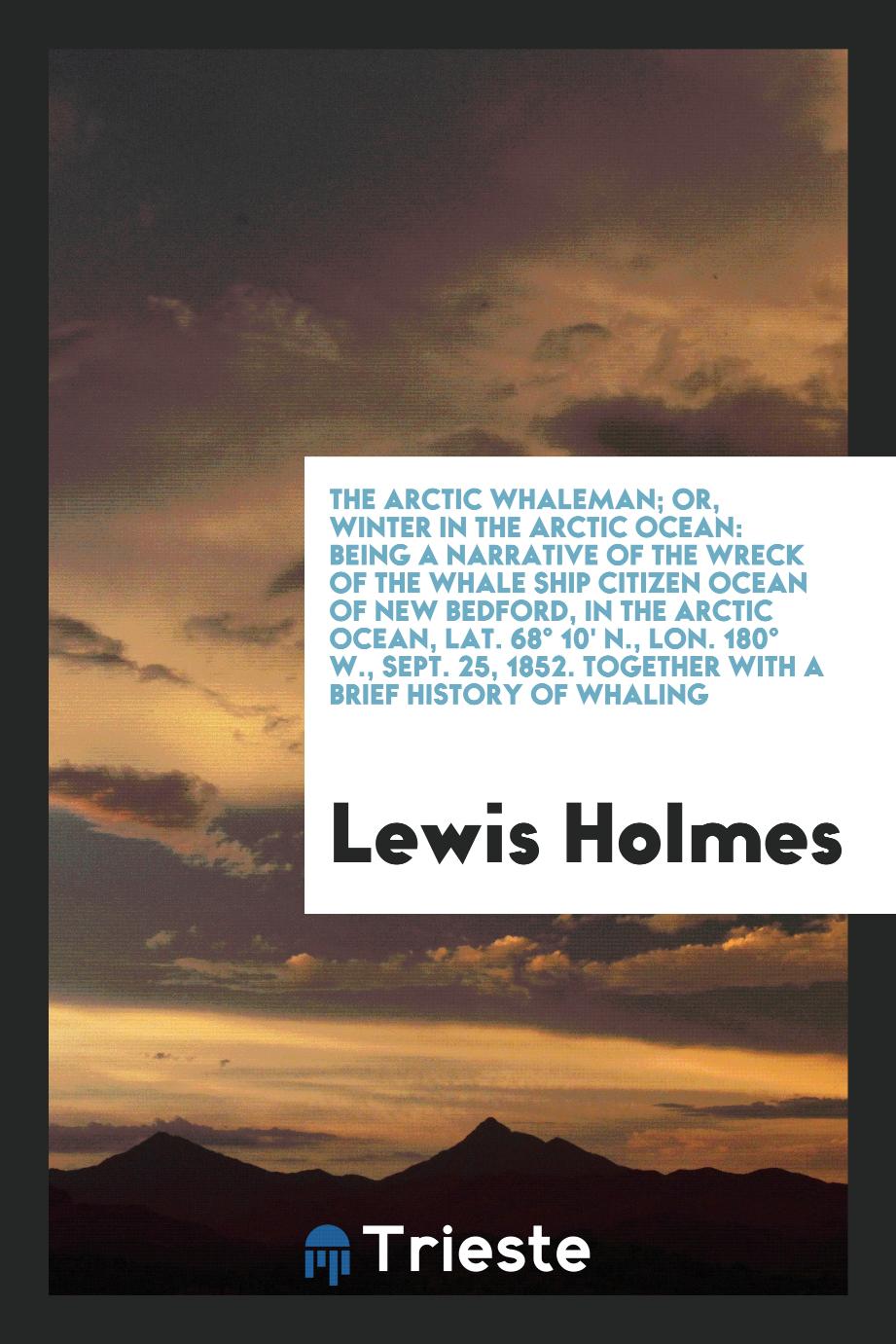Books
It is easy to confuse the Arctic and Antarctic: similar names, the same many kilometers of snow-covered landscapes, intricate compositions of ice icebergs, loud bird colonies and, of course, handsome whales. However, these two polar regions are complete opposites, not only in terms of geography.
In 1773, the expedition under the command of Captain James Cook was the first in the history of mankind to cross the Antarctic Circle. Because of the pack ice, she was unable to approach the mainland. Only half a century later, people saw the ice shell of Antarctica - they were members of the Russian round-the-world expedition of 1819-1821 under the command of Thaddeus Bellingshausen and Mikhail Lazarev.
The first exploration of the Arctic began much earlier - at the end of the 16th century when it became necessary to find an alternative sea route to China and the East Indies. The Dutch navigator Willem Barents led three expeditions, the last of which discovered the Spitsbergen archipelago. The expedition had to spend the winter in the Kara Sea, but even in summer, the bay was not free of ice. The crew had to leave the ship, and Barents himself died from scurvy and was buried on Novaya Zemlya.
The Northern Sea Route was discovered many years later by the Norwegian explorer Roald Amundsen. In 1911, he became the first person to conquer the South Pole.
The conquest of the North Pole has long been attributed to Robert Peary, who claimed to have reached the North Pole on April 6, 1909. However, a little later, the American explorer Frederick Cook said that he was the first at the North Pole on April 21, 1908. To date, none of these statements has been fully accepted or refuted.
The stories of the discovery of the Arctic and Antarctic are largely different, but all polar explorers were united by courage, perseverance and incredible fortitude.
Read books on the history of the Arctic and Antarctic from Trieste Publishing.

